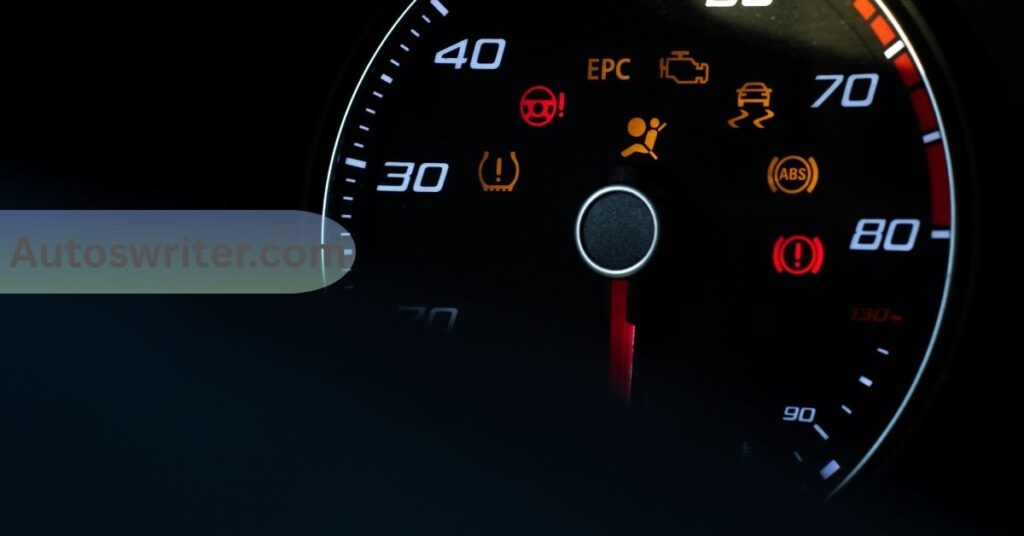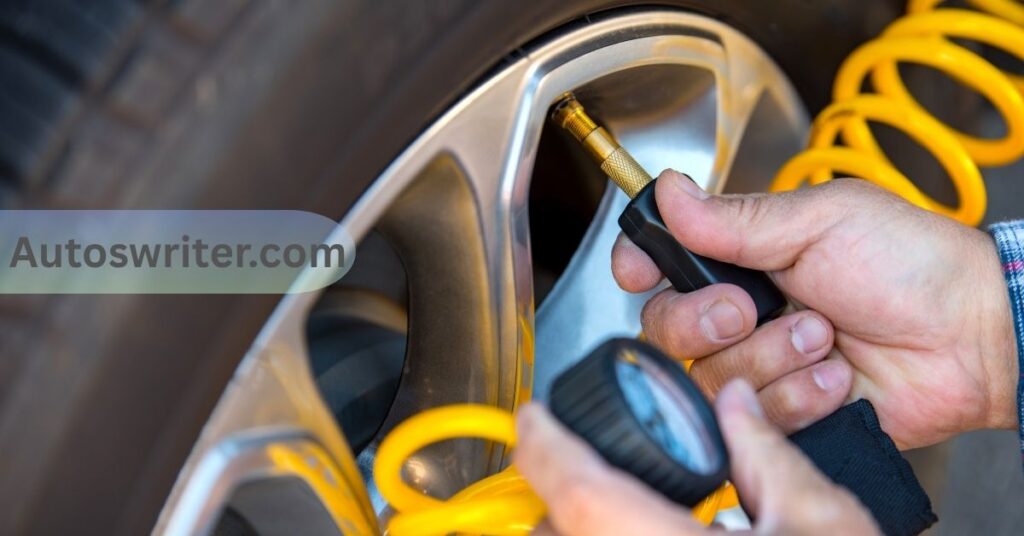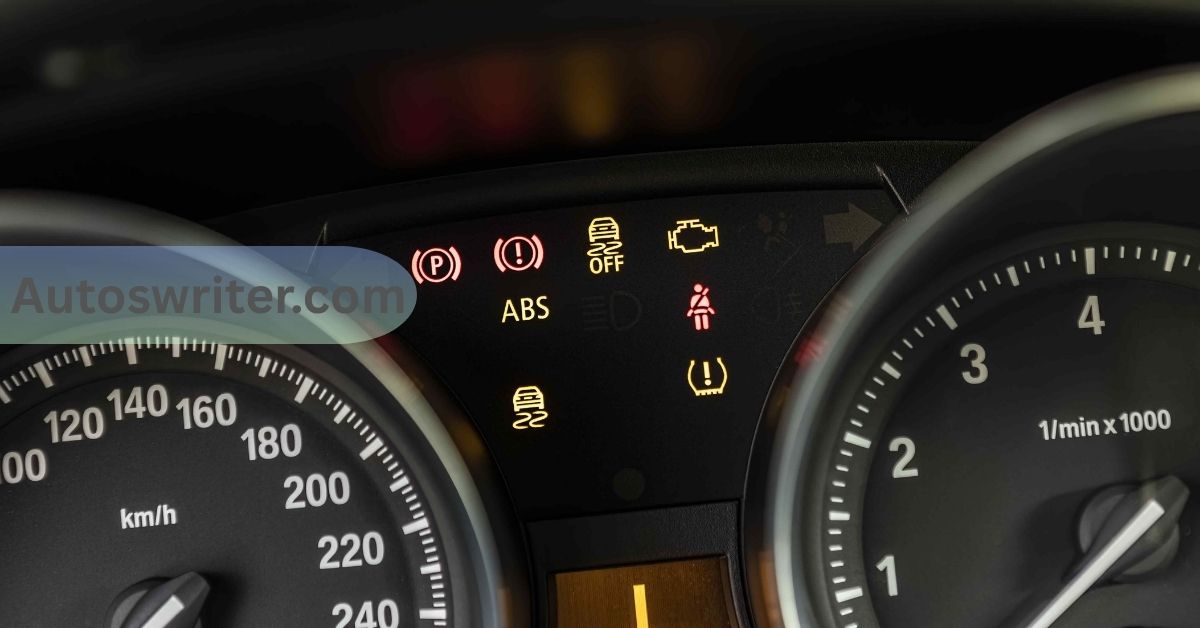The tire pressure light on your Toyota—sometimes called the TPMS (Tire Pressure Monitoring System) light—is an important safety feature. When it starts blinking, it usually signals more than just low air pressure. In most Toyota models, a blinking TPMS light means there’s a problem with the sensor system, not just with the tyre itself.
This guide explains what the blinking light means, what causes it, how to fix it, and when you should seek professional help. It’s designed to answer real-world Toyota driver questions and avoid confusion from conflicting advice found in forums or vague dealership responses.
First, Understand What the TPMS Does:
The TPMS in your Toyota constantly checks the air pressure in each of your tyres. If it detects a drop below the recommended PSI (pounds per square inch), it turns on the warning light.
- Solid light = One or more tyres are underinflated.
- Blinking light (followed by solid) = The TPMS system itself has an issue.
It’s important not to confuse these two. A blinking light is not just a tyre issue—it’s likely a sensor or communication failure.
What Does It Mean When the TPMS Light Blinks?
When the TPMS light on a Toyota blinks for 60 to 90 seconds after starting the car and then turns solid, this usually means:
- The TPMS sensor battery has failed.
- The sensor is missing, damaged, or faulty.
- There is interference with the sensor signal.
- A new tyre or wheel was installed without reprogramming the TPMS.
In other words, the system is trying to connect to the sensor but fails. So, it blinks while searching, then stays solid to let you know it gave up.
Most Common Causes of a Blinking Tire Pressure Light:

Here are the most common real-world causes based on Toyota user reports and service insights:
1. Dead Sensor Battery:
Each TPMS sensor runs on a small battery. These typically last 7 to 10 years. When one dies, it often causes the light to blink. You might still get accurate readings from the other tyres, but the system will report a fault.
Note: Sensor batteries are not replaceable. The whole sensor must be replaced.
2. The Sensor Was Damaged During a Tire Change:
If your Toyota recently had tyres changed or rotated, the TPMS sensor may have been damaged by mistake. It’s easy to crack or unseat one during a tyre install accidentally.
3. New Wheels or Aftermarket Rims Installed:
Some aftermarket wheels do not support Toyota’s TPMS sensors. If a new rim doesn’t have a compatible sensor, the system won’t connect, and the light will blink.
4. A Sensor Was Never Reprogrammed:
Each Toyota model requires the TPMS system to recognize each sensor. If a tyre was replaced and the new sensor wasn’t programmed into the car, the system wouldn’t work correctly.
5. Interference or Corrosion:
Corrosion inside the valve stem or sensor housing can stop the signal. So can substantial radio interference (like some phone chargers or CB radios), but this is rare.
Can I Drive With the TPMS Light Blinking?
Yes, but it’s not ideal.
A blinking TPMS light does not mean your tyres are flat, but it does mean the system can’t monitor them. That means you’ll have to check air pressure manually.
If you’re in a place with:
- Bad roads
- Hot summer weather
- Long highway drives
…then you’ll want to fix the system soon. Tire pressure affects braking, fuel economy, and tire lifespan.
How to Fix a Blinking Tire Pressure Light on a Toyota:
1. Check All Tyre Pressures:
Use a tyre pressure gauge. Match all four tyres (plus the spare, if it has a sensor) to your Toyota’s recommended PSI. This info is on the driver’s side door sticker.
If all tyres are correct and the light is still blinking, it’s likely a sensor issue.
2. Use an OBD2 TPMS Scanner:
Some scanners can read TPMS sensor codes. These tools can tell you which sensor failed or if the system is offline.
Look for:
- “No signal”
- “Low battery”
- “ID not recognized.”
3. Reset the TPMS System:
- Turn the car to ON (not Start).
- Find the TPMS reset button (often under the steering wheel).
- Press and hold the button until the light blinks three times.
- Start the engine and drive for 10–30 minutes.
This works only if the sensors are still functional. If the light still blinks, move on to sensor replacement.
4. Replace the Faulty Sensor:
You can:
- Visit a Toyota dealership (they’ll install OEM sensors, but it’s pricier).
- Visit a tyre shop (they can install aftermarket sensors, which are cheaper but must be compatible).
- Replace it yourself (if you’re comfortable removing tyres and reprogramming sensors using a TPMS tool).
Note: After replacement, sensors must be registered to the car’s computer. This often requires a scan tool.
Why the Light Blinks Even After Adding Air:

This happens a lot. Here’s why:
- The sensor battery is dead.
- The wrong sensor ID is stored in the system.
- The sensor is physically damaged.
- The system wasn’t reset properly.
Adding air won’t fix these sensor-level issues. The system has to be able to talk to all four sensors and receive standard signals.
What About Aftermarket TPMS Sensors?
Many Toyota drivers go for aftermarket sensors to save money. That’s fine—as long as the sensors are compatible with your Toyota’s system and correctly programmed.
Be careful with:
- eBay or Amazon sensors labelled “universal.”
- Outdated stock (a 2023 sensor might already be 2 years old if stored poorly).
- Fake OEM sensors.
Common Toyota TPMS Myths (Cleared Up):
| Myth | Truth |
| TPMS sensors are only in 4 tyres | Some models include one in the spare, too |
| Any sensor will work | No, you need one with the right frequency and ID format |
| A blinking light always means low tyre pressure | It usually means a system malfunction |
| Resetting the system fixes the blinking light | Only if the sensors are working properly |
| Replacing just one sensor is enough | Sometimes true, but if others are old, it’s smart to replace all four |
How Much Does It Cost to Fix?
| Service | Cost Estimate |
| TPMS sensor replacement (OEM) | $70–$120 each |
| TPMS sensor (aftermarket) | $40–$60 each |
| Programming & labor | $20–$60 per wheel |
| Dealer diagnostic | $90–$150 |
You can save money by:
- Buying sensors yourself
- Using a local tyre shop instead of a dealership
- Asking for a bundle price if replacing multiple sensors
When to Get Professional Help:
See a mechanic if:
- The light blinks every time you start the car.
- You recently replaced the tyres or wheels.
- You can’t reset the system.
- You don’t know which sensor failed.
Frequently Asked Questions:
Q1. How long can I drive with the TPMS light blinking?
You can drive short-term, but you should check your tyre pressure manually. Driving long distances without working TPMS isn’t safe.
Q2. Can I replace a TPMS sensor myself?
Yes, but it requires tyre removal and sensor programming. Not all DIYers have the tools.
Q3. Does the spare tyre have a sensor too?
Some Toyotas have TPMS in the spare. If so, it must be checked like the others.
Q4. Will disconnecting the battery reset the TPMS light?
No. The system needs to be reset through the TPMS button or scan tool, not just a battery disconnect.
Q5. Can cold weather make the light blink?
Cold air can cause tyre pressure to drop and trigger a solid light. But blinking usually means a sensor failure, not a temperature change.
Conclusion:
A blinking tyre pressure light in your Toyota isn’t something to ignore. While it may not mean your tyres are flat, it does mean your early warning system is offline. That’s a safety risk, especially on long trips or rough roads.
Start by checking tyre pressure. If that’s not the problem, have the sensors tested or replaced. The fix is usually straightforward, but the cost can vary depending on the parts and labour. Either way, addressing it sooner means safer driving and fewer surprises.
